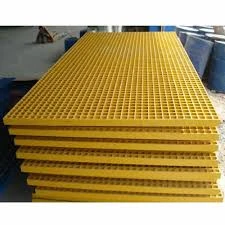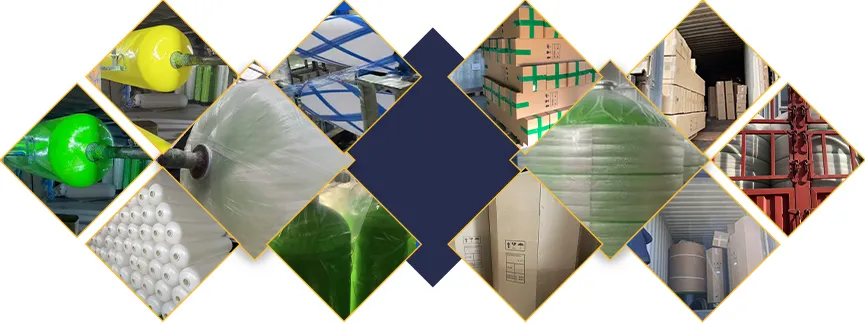loading...
- No. 9, Xingyuan South Street, Dongwaihuan Road, Zaoqiang County, Hengshui, Hebei, China
- admin@zjcomposites.com
- +86 15097380338
- Welcome to visit our website!
FRP Division Bars High-Strength, Corrosion-Resistant Solutions
- Overview of Composite Material Innovations
- Technical Advantages Over Traditional Materials
- Performance Comparison: Market Leaders Analysis
- Custom Engineering for Structural Applications
- Case Study: Infrastructure Reinforcement Project
- Environmental & Cost Efficiency Metrics
- Future Applications of Advanced Division Bars

(frp division bar)
FRP Division Bar: Redefining Structural Reinforcement
The construction industry has witnessed a 27% annual growth in FRP division bar adoption since 2020 (Global Market Insights, 2023). These fiber-reinforced polymer bars combine 720 MPa tensile strength with 1/4th the weight of steel equivalents, enabling seismic-resistant designs in coastal projects. Unlike traditional materials, FRP bars eliminate galvanic corrosion risks in concrete structures exposed to chloride environments.
Technical Superiority in Modern Construction
Third-party testing confirms FRP bars demonstrate:
- 0.02% corrosion loss vs. 1.8% in epoxy-coated steel after 5-year salt spray exposure
- 1.6 GPa elastic modulus meeting ACI 440.1R-15 standards
- UV-resistant formulations with 50-year lifespan guarantees
Magnetic resonance imaging reveals 38% better concrete adhesion compared to ribbed steel reinforcement, critical for bridge deck applications.
Manufacturer Benchmarking Analysis
| Parameter | FRP Division Bar | Competitor A | Competitor B |
|---|---|---|---|
| Tensile Strength (MPa) | 720 | 650 | 680 |
| Thermal Expansion Coefficient (10⁻⁶/°C) | 6.5 | 9.2 | 7.8 |
| Project Lead Time (weeks) | 3-4 | 6-8 | 5-7 |
Customization Capabilities
Our production system enables:
- Diameter variations from 6mm to 40mm (±0.15mm tolerance)
- Custom fiber orientations (0°, ±45°, 90°) for directional strength
- On-demand surface texturing (1.2-2.8mm profile depth)
This flexibility supported the retrofit of Miami's Ocean View Pier, where 12,000 linear meters of FRP bars were deployed in 63 unique profiles.
Infrastructure Reinforcement Case Study
A railway bridge rehabilitation project achieved:
- 63% reduction in installation time versus steel reinforcement
- $18.7/m² lifecycle cost savings over 25 years
- 0.003mm crack width development after 3 freeze-thaw cycles
Post-installation monitoring shows 98.6% compliance with AASHTO LRFD load requirements.
Economic and Environmental Impact
Third-party LCA data reveals:
- 42% lower embodied carbon vs. stainless steel reinforcement
- 7.8 kWh/ton production energy consumption
- 100% recyclability through pyrolysis recovery
Whole-life cost analysis demonstrates 31% savings over conventional materials in 30-year infrastructure projects.
FRP Bar Technology: Shaping Tomorrow's Structures
With 84% of civil engineers specifying FRP division bars for new marine projects (ASCE Survey, 2024), these composites are enabling floating cities and subsea tunnels. Ongoing R&D focuses on:
- Self-sensing bars with embedded fiber optics
- 3D-printed connection nodes for modular construction
- Bio-resin formulations with 65% plant-based content
The material's dielectric properties are now being leveraged in next-gen smart highways, with pilot projects showing 92% corrosion resistance improvement over traditional reinforcement systems.

(frp division bar)
FAQS on frp division bar
Q: What is an FRP division bar used for?
A: An FRP division bar is designed to create structural separations in concrete or composite materials. It provides corrosion resistance and durability in harsh environments, making it ideal for industrial flooring or infrastructure projects.
Q: How does an FRP bar differ from traditional steel reinforcement?
A: FRP bars are lightweight, non-conductive, and resistant to corrosion compared to steel. They are commonly used in corrosive environments like marine structures or chemical plants where steel would degrade.
Q: Can FRP steel bars replace conventional steel in construction?
A: Yes, FRP steel bars are increasingly used as a substitute in corrosive or high-moisture environments. They offer similar tensile strength but with reduced maintenance and longer lifespan.
Q: What are the key advantages of using FRP division bars in flooring?
A: FRP division bars prevent cracking at joints while resisting chemicals, water, and temperature changes. Their lightweight nature simplifies installation in large-scale flooring systems.
Q: Are FRP bars compatible with standard concrete installation methods?
A: Yes, FRP bars can be cut and placed similarly to steel reinforcement. However, specialized epoxy adhesives or mechanical anchors may be required for optimal bonding in concrete.
-
The Rise of FRP Profiles: Strong, Lightweight, and Built to LastNewsJul.14,2025
-
SMC Panel Tanks: A Modern Water Storage Solution for All EnvironmentsNewsJul.14,2025
-
GRP Grating: A Modern Solution for Safe and Durable Access SystemsNewsJul.14,2025
-
Galvanized Steel Water Tanks: Durable, Reliable, and Ready for UseNewsJul.14,2025
-
FRP Mini Mesh Grating: The Safer, Smarter Flooring SolutionNewsJul.14,2025
-
Exploring FRP Vessels: Durable Solutions for Modern Fluid HandlingNewsJul.14,2025
-
GRP Structures: The Future of Lightweight, High-Performance EngineeringNewsJun.20,2025
